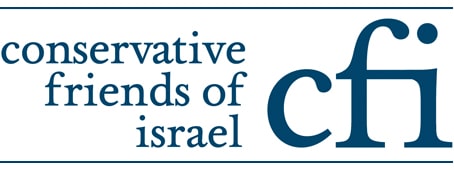Earlier this week, the Chief of Ira n’s nuclear agency said that Iran has acquired a stockpile of as much as 950 tonnes of uranium.
n’s nuclear agency said that Iran has acquired a stockpile of as much as 950 tonnes of uranium.
Ali Akbar Salehi, head of Iran’s Atomic Energy Organisation, said that Iran had imported over 400 tonnes of uranium since the 2015 Nuclear Deal, increasing its stock from 500 tonnes.
Mr Salehi said that there would be sufficient material for Iran to reach its target of running 190,000 extractor machines for elevating uranium in the future. He said that the Islamic Republic has built a new factory to manufacture rotor blades for extractors, able to produce rotors for up to 60 IR-6 extractors per day.
Mr Salehi said that “Instead of building this factory in the next seven or eight years, we built it during the negotiations but did not start it”.
He added: “Of course, the [Supreme Leader] was completely informed and we gave him the necessary information at the time. And now that he has given the order this factory has started all of its work”.
The 2015 Joint Comprehensive Plan of Action limits Iran’s uranium enhancement to 3.67 percent, an adequate amount to use in a nuclear power plant but lower than the 90% required for an atomic weapon.
However, since the United States pulled out of the deal in May, Iran has promised to enhance enrichment volume to put pressure on the remaining participants in the agreement.
Prime Minister Benjamin Netanyahu in May revealed that Mossad (Israel’s secret service) had found extensive documents detailing aspects of Tehran’s secret nuclear weapons programme. Prime Minister Netanyahu said Iran had been lying when it claimed it had no aim of constructing a nuclear weapon. He asserted the nuclear deal signed in 2015 between Iran and the UN Security Council’s permanent members and Germany was “built on a lie”.

